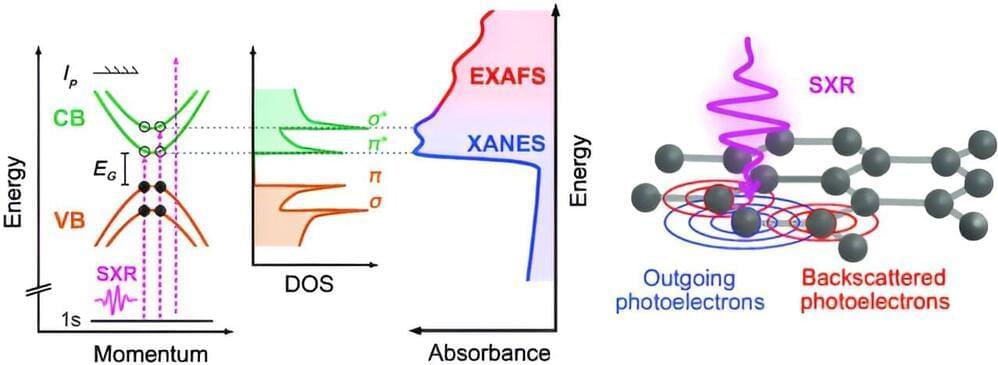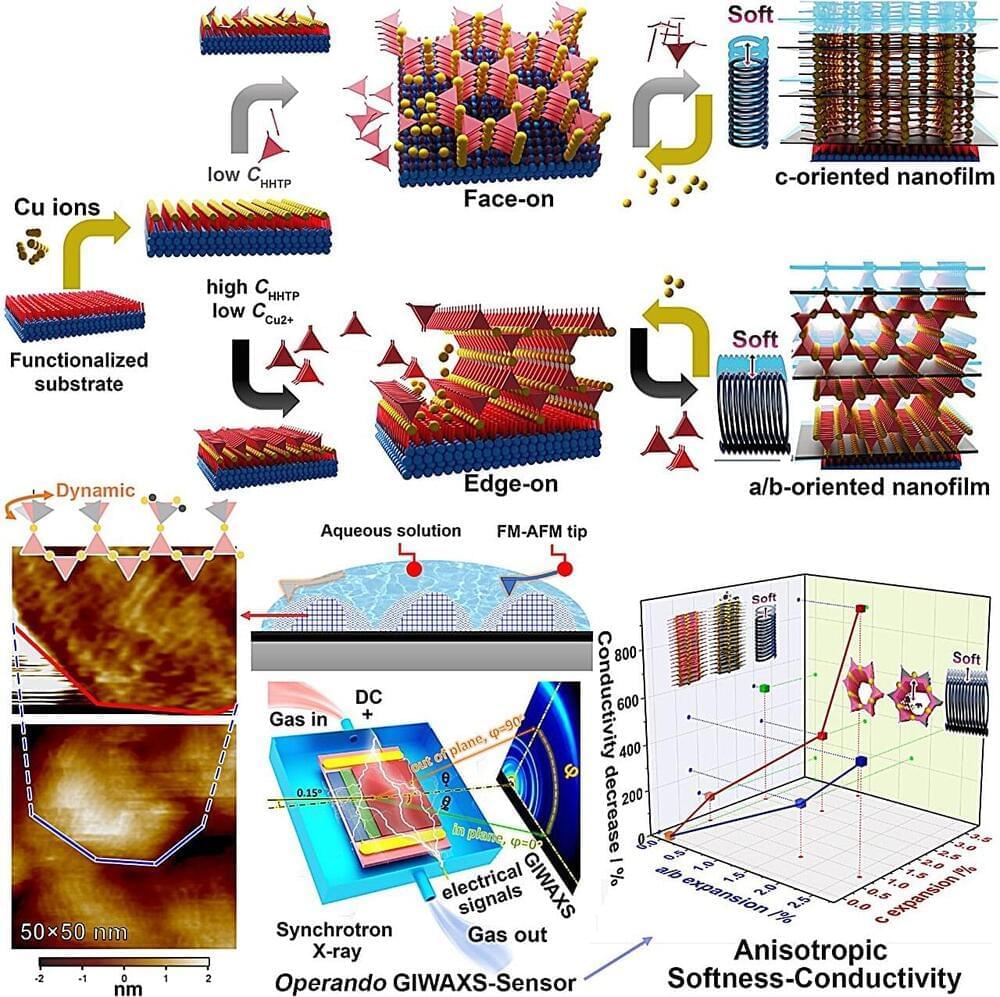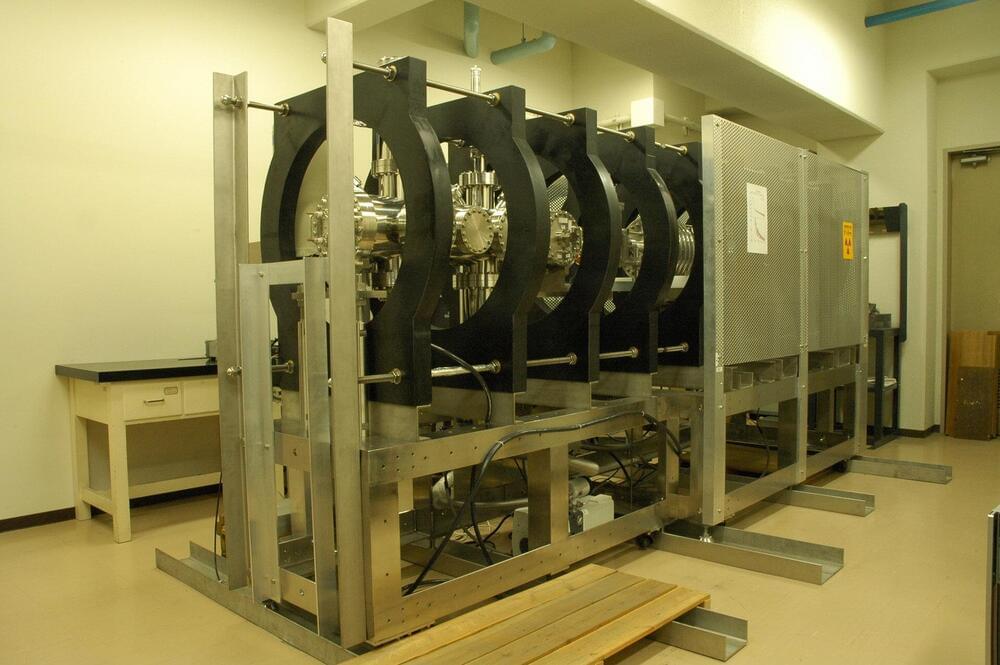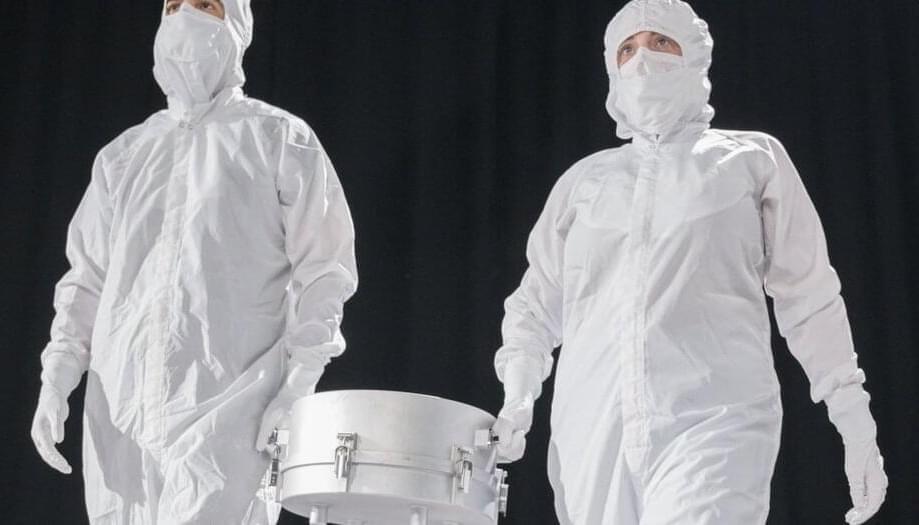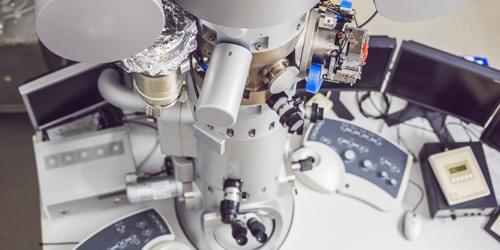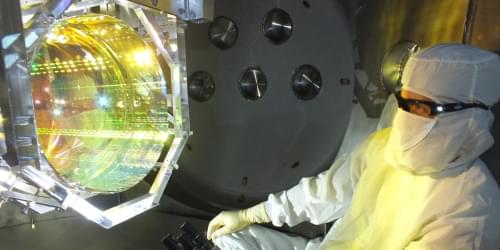The many-body interaction of charges (electrons) and nuclei (phonons) plays a critical role in determining the properties and functionalities of molecules and solids. The exact correlated motion of these particles gives rise to different conductivity, energy storage capabilities, phase transitions, and superconductivity. Now, the team of ICREA Prof. at ICFO Jens Biegert has developed attosecond soft X-ray core-level spectroscopy as a method to observe the correlated interaction between charges and phonons in real time.
Attosecond soft X-ray spectroscopy relies on the use of ultrashort pulses with photon energies that cover the entire water-window range. Through high-order harmonic generation with an intense few-cycle short-wavelength infrared pulse, the team has successfully generated a bright 165 attosecond pulse with photon energies of up to 600 eV. By directing this ultrashort soft X-ray pulse into the sample, the high-energy photons can excite the electrons in the K-shell or L-shell to unoccupied or continuum states.
This soft X-ray absorption spectroscopy provides researchers with a powerful tool for unraveling the electronic and structural characteristics of the material at the same time.
